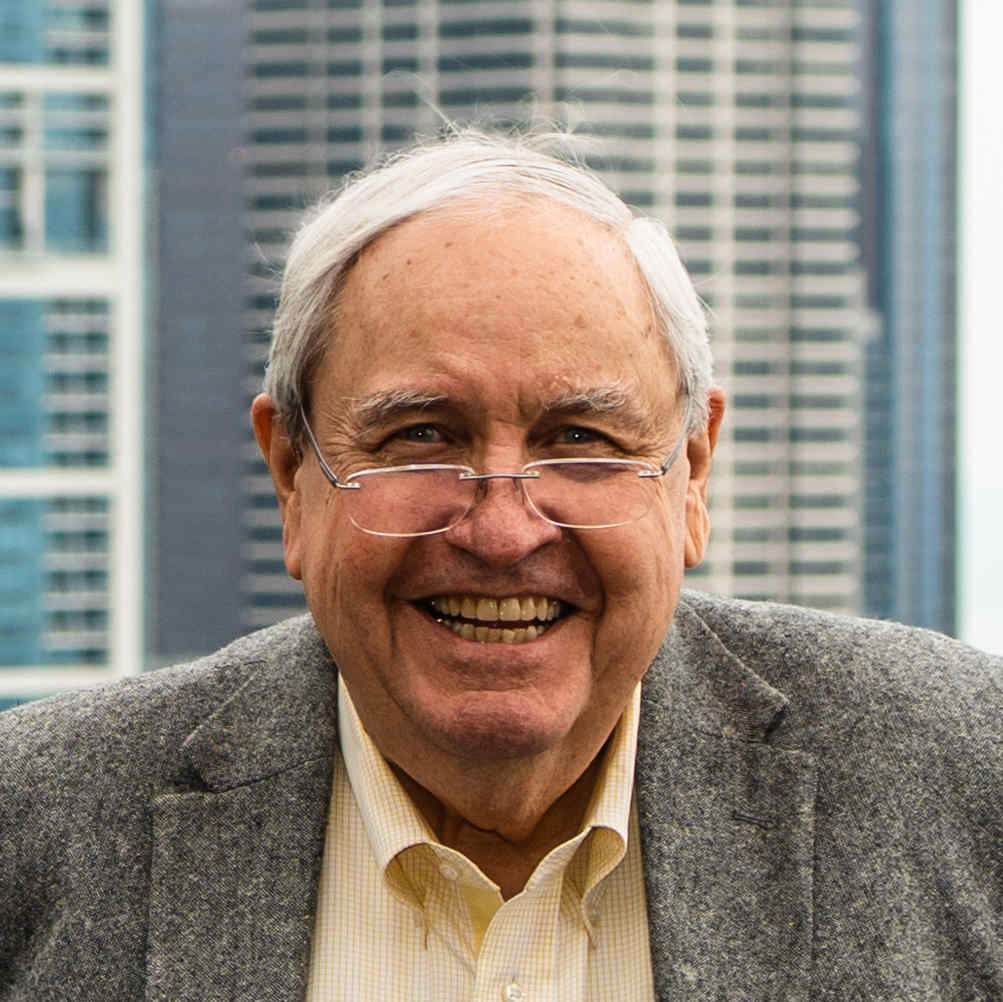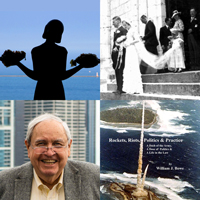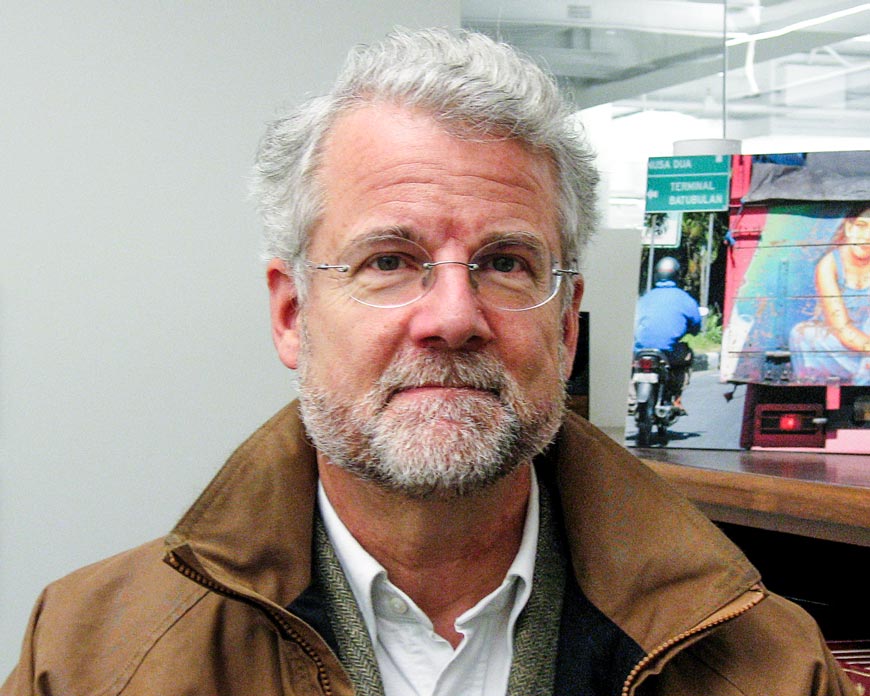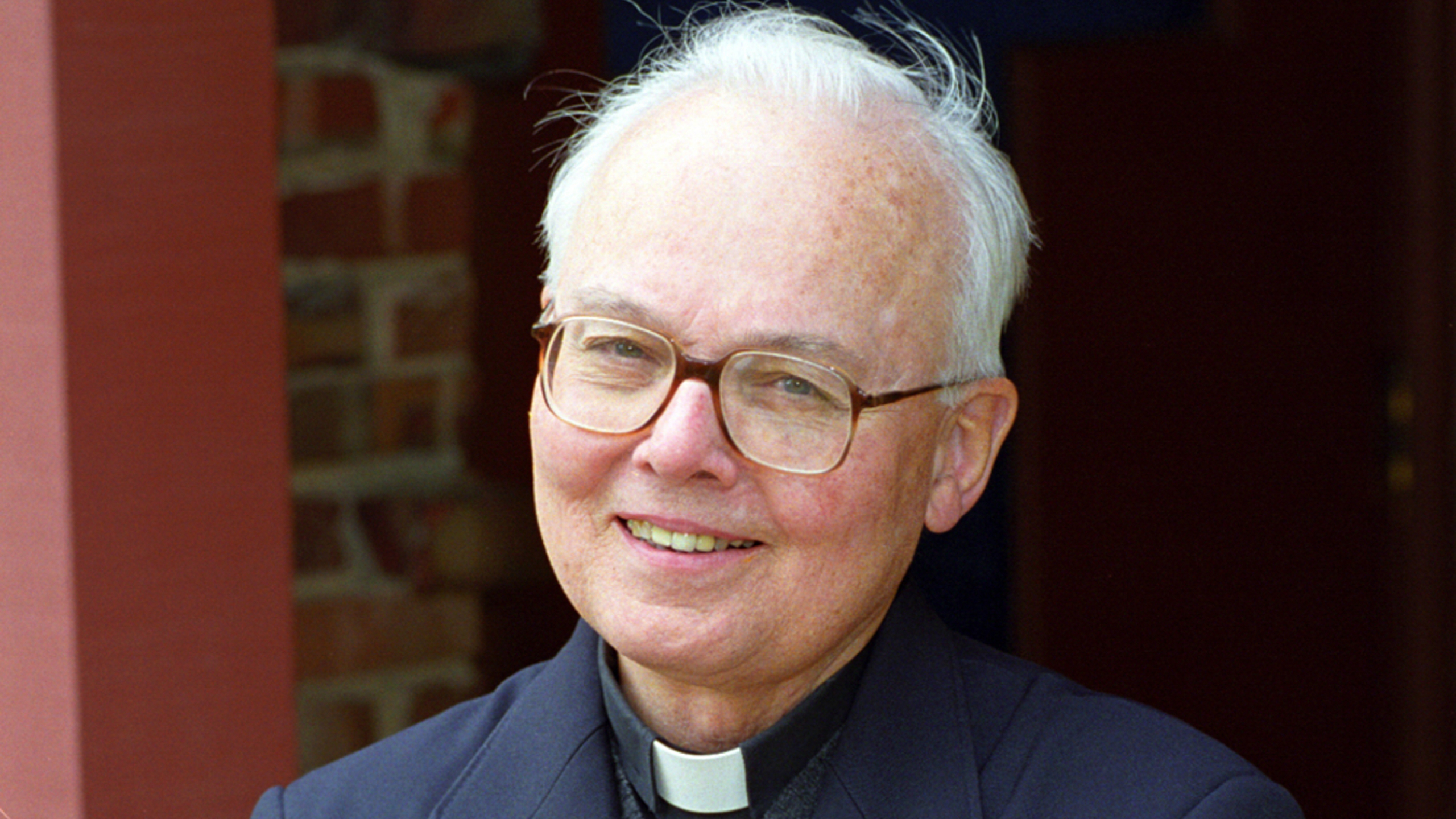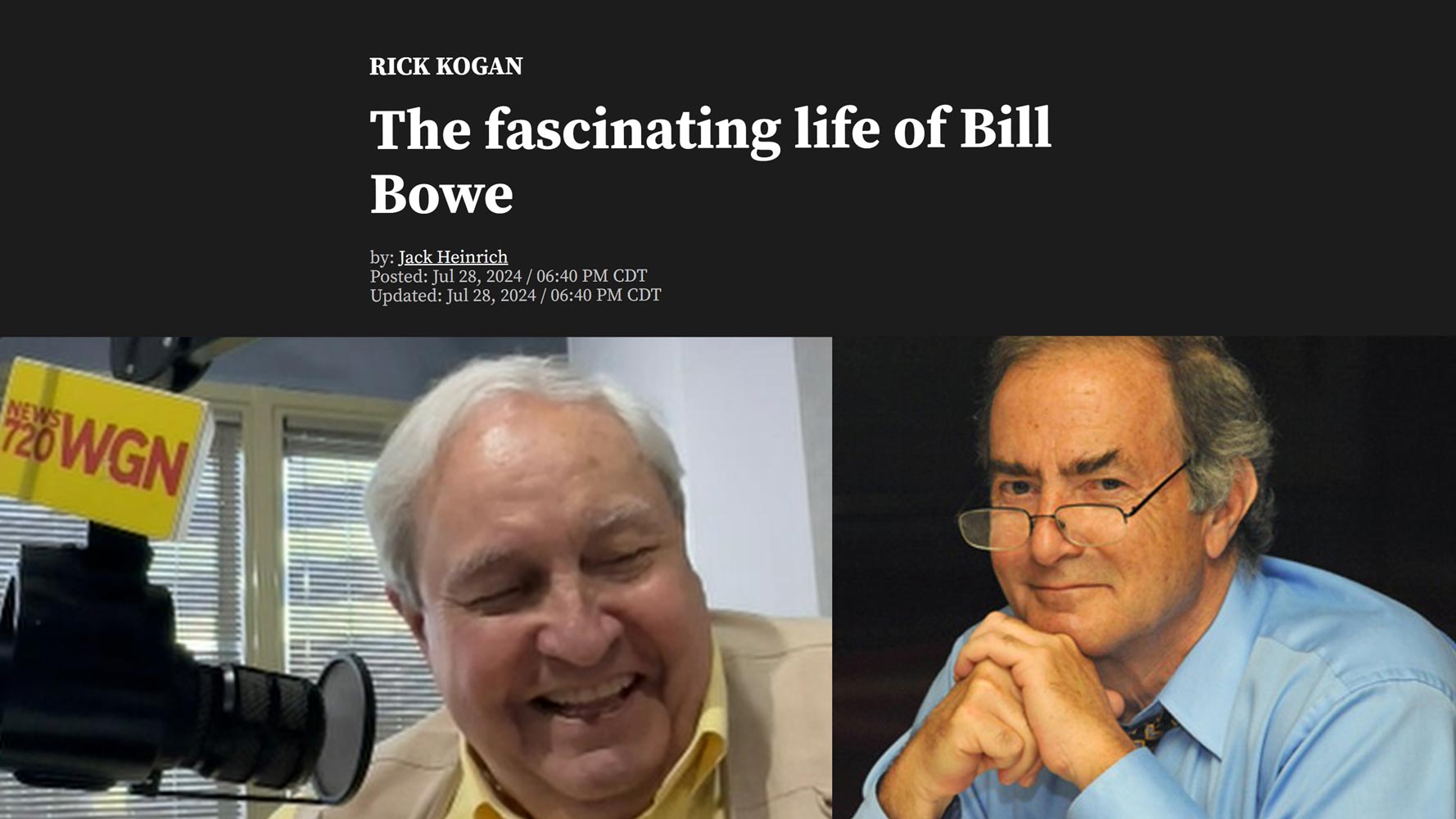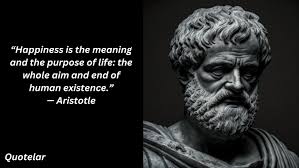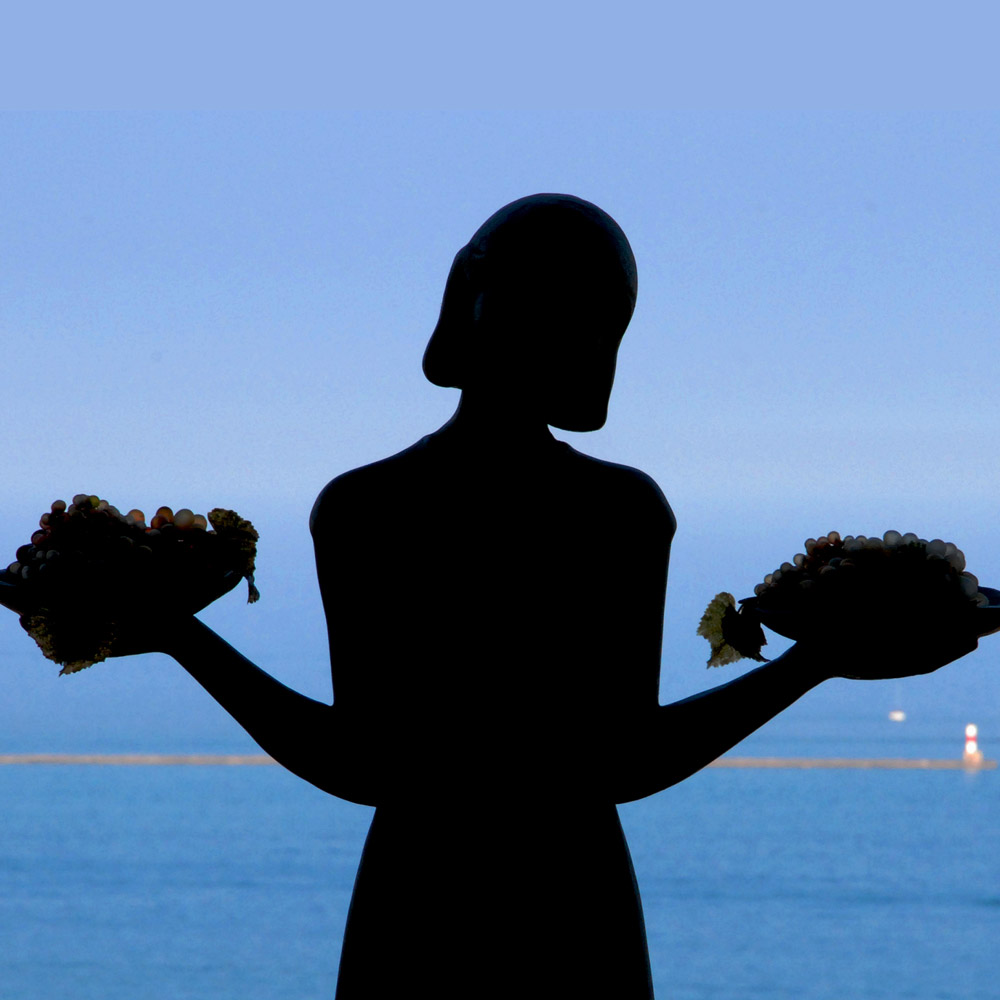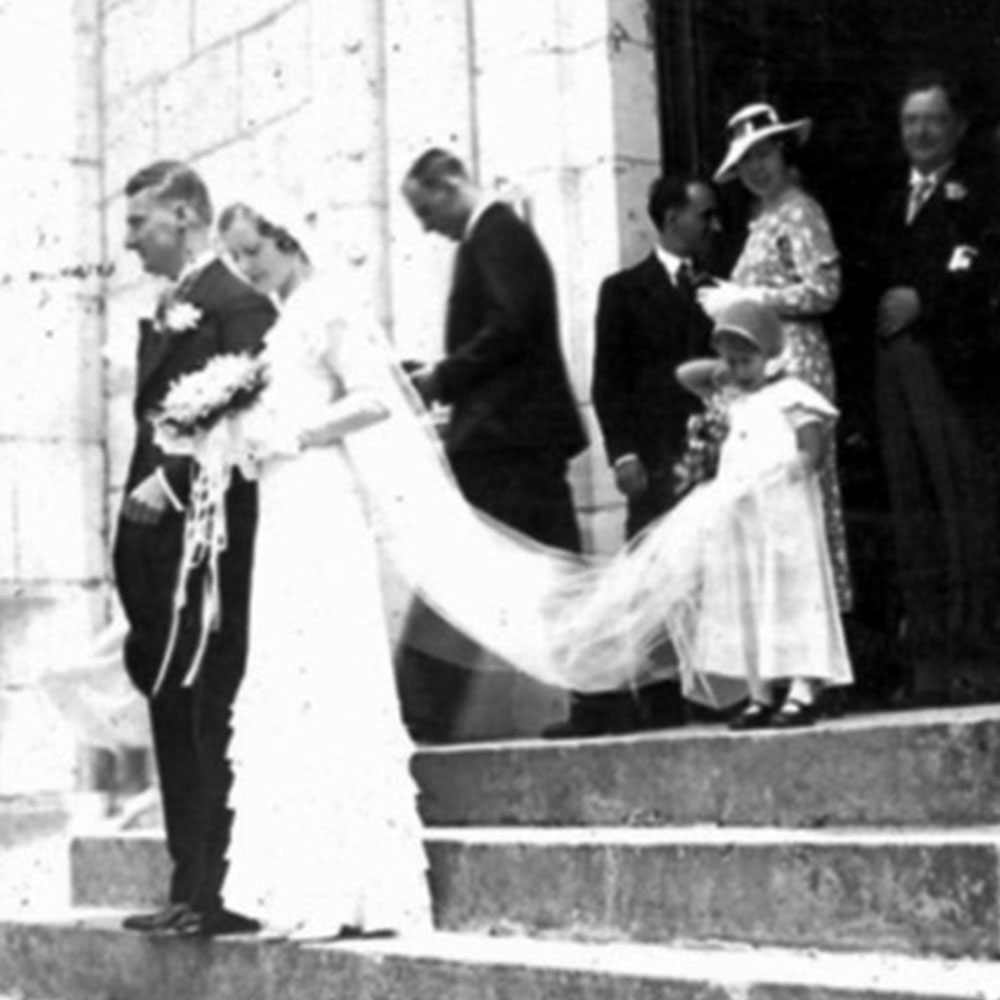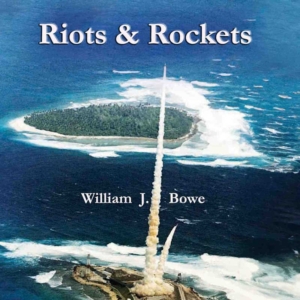2004 Vietnam: Ho Chi Minh City (Saigon)
Editor’s Note. In 2004 my son Andy and I travelled to Southeast Asia. Our only stop in Vietnam was Ho Chi Minh City, known before the Vietnam War as Saigon, the capital of South Vietnam. For me the visit brought back memories of the Vietnam War era, another particularly divisive period in American life. I spent three years in the Army between 1968 and 1971, but missed Vietnam proper entirely.
In those years I did get closer to Vietnam than just my tour at the Pentagon in Washington, D.C. In 1968 I used some Army leave to visit my Aunt Nancy Riboud and her family in Paris. While there, I went to the venue where the years-long Vietnam Peace talks were taking place. Then in 1969 the Army sent me to Kwajalein Atoll in the western Pacific Ocean. Both these trips were still thousands of miles away from Vietnam itself. Then came 1972. I was fresh out of the Army, but still in the Reserves. I took advantage of an low airfare on a group charter for reservists and military family members. Though it was between Washington, D.C. and Bangkok, I thought it was a bargain travel opportunity for me to visit Southeast Asia, even though I would have to pay normal commercial airfares to continue beyond Bangkok. My trip ended up also taking me to Bali, the Philippines and Hong Kong. With the War still raging on in 1972, my return commercial flight back to Bangkok took me from Hong Kong south along the North Vietnamese coast. The flight then abruptly turned west towards Bangkok somewhere near Da Nang, South Vietnam. The picture I took over South Vietnam from 30,000 feet was of a terrain visibly littered with enormous bombshell potholes. I also recall craters so big rain filling the holes reflected the sky above. Evidence of multiple carpet bombings left their own peculiar scars on the landscape
Now, fast forward 32 years from that last memory to 2004. While landing with Andy at Tan Shun Nhut, Ho Chi Minh City’s airport, I noticed concrete bunkers from the Vietnam War were still adjacent to the main runway. It dawned on me that more of the War was going to be present in Ho Chi Minh City than just the Vietnam War era memories swilling in my head.
Upon arrival, Andy and I checked into a new Marriott hotel on the Saigon River and began going about our city tour. At our feet the first night was dinner on a cruise boat. Part of the entertainment included a bikini-clad dancer who flawlessly twirled flaming torches. I remember being sufficiently engrossed in her act that I don’t think I would have noticed if she’d dropped them and the boat had caught fire.
The next day Andy and I toured a number of repurposed former French colonial landmarks. We found the Saigon Post Office was still a post office. It appeared every bit as splendid it must have on the day it opened in 1891. The architecturally imposing former French and South Vietnamese City Hall was now officially the “City People’s Committee Building.” No doubt in an attempt to boost Western tourism, the war museum that opened in 1975 as the “Exhibition House for US and Puppet Crime” was now the “War Remnants Museum.”
Of particular interest to me were the Caravelle and Rex Hotels. During the Vietnam War they had become famous by housing Walter Cronkite, David Halberstam and countless other print and television war correspondents. At the risk of group think, this aggregation of reporters certainly facilitated the swapping of information at the convenient rooftop bars of both hotels.
Before heading to our next stop in Cambodia, Andy and I drove north outside the city to look at the Chu Chi Tunnel System. It wasn’t quite a tourist catchpenny, but it was close. It offered booby trap exhibits and gave tourists a chance to go to a shooting range with a wide selection of assault rifles they could shoot and tell the folks back home about.
On the drive back into town and before out flight the next day to Cambodia, Andy and I had a chance to look at examples of new construction roadside. The buildings were colorful to say the least, though an orange, red or mint green home has never been on my personal wish list. They looked solid enough when fully built, but at least one under construction seemed more than a tad fragile to my eyes, unaccustomed as they were to Vietnamese building practices.

